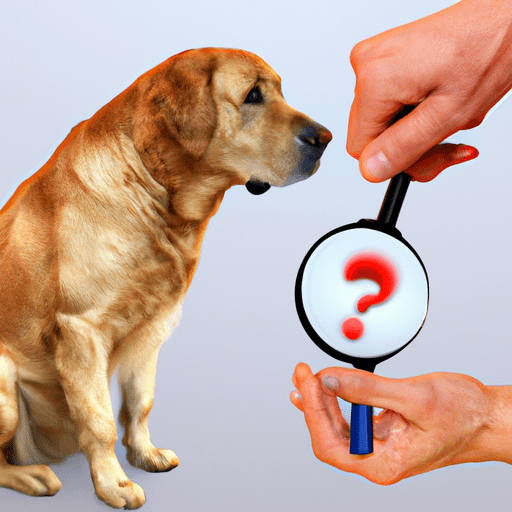“`markdown
What Causes Lipomas in Dogs?
1. Introduction
As a devoted and loving caregiver to your furry friend, it’s only natural to be alarmed when you notice a lump or bump on your dog’s body. One common type of growth in dogs is known as a lipoma. In this article, we’ll explore the causes of these benign fatty tumors, and why some dogs are more susceptible to them than others.
2. What Exactly is a Lipoma?
A lipoma is a benign fatty growth that generally forms just beneath the skin. They’re typically round or oval in shape, and are soft to touch. Lipomas can develop in any breed, age, or sex of dog, but are particularly common in older, overweight dogs.
To help you visualize this:
| Characteristics | Description |
|---|---|
| Shape | Round or Oval |
| Feel | Soft to touch |
| Common in | Older, overweight dogs |
3. Causes of Lipomas in Dogs
The exact cause of lipomas is still unknown. However, there are few factors which are believed to contribute to their development:
- Age: Lipomas are more common in middle-aged and older dogs.
- Weight: Overweight and obese dogs are more prone to developing lipomas.
- Genetics: Some breeds are more genetically predisposed to lipomas.
While these factors do not guarantee your dog will develop a lipoma, they increase the likelihood.
4. How to Identify a Lipoma
Remember, you’re not a veterinarian. However, your intimate knowledge of your pet makes you the first line of defense in noticing any changes in their body. Here’s what you can do:
- Regularly check your dog’s body for any new growths.
- Note the size, shape, and location of any lumps.
- Share this information with your vet during your dog’s regular check-ups.
5. Prevention and Treatment
Preventing lipomas is difficult due to the unknown cause. However, maintaining a healthy weight and diet for your dog can help reduce the risk. As for treatment, lipomas that do not interfere with your dog’s mobility or comfort are often left untreated. Surgical removal is usually recommended if the lipoma grows rapidly or hinders your dog’s movement.
FAQs
Q: Are lipomas dangerous?
A: Most lipomas are benign and do not pose a threat to your dog’s health. However, a small percentage can be malignant. Always consult with your vet if you find any new lumps or bumps.
Q: Can I prevent my dog from getting a lipoma?
A: While you can’t entirely prevent lipomas, maintaining a healthy lifestyle for your dog may help reduce the risk.
Q: How are lipomas diagnosed?
A: Your vet will perform a biopsy to confirm whether the lump is a lipoma.
Q: Do lipomas need to be removed?
A: Not all lipomas require removal. Your vet will recommend the best course of action based on the size, location, and growth rate of the lipoma.
“`



